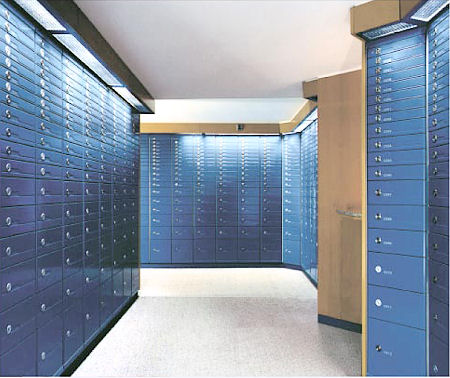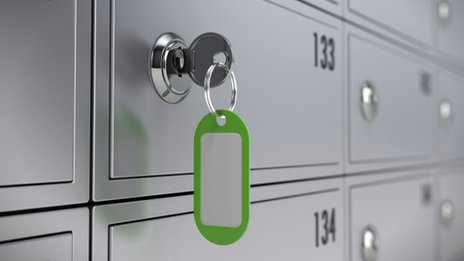Trying to second-guess crime trends is a thankless task; you may as well gaze at a crystal ball. Frequently, a widely disconnected event will have a far reaching and totally unforeseen effect on crime levels, both positively and negatively.
In 1973 it became compulsory for motorcyclists to wear crash helmets. With this new legislation, it was predicted that hundreds of lives would be saved. No- one expected or predicted a corresponding dramatic decrease in motorcycle theft.
In the late 60s and early 70s, very few motorcycles required ignition keys and many motorcycles were simply stolen on impulse. When the last bus home from a city centre nightclub was missed, it was relatively easy to find an unguarded motorcycle and ‘borrow’ it. The chances were that the taker would be home before the theft was noted or the police asked to look out for it.
As soon as the wearing of helmets became mandatory, however, anyone seen riding a motorcycle bare-headed late at night, was immediately a suspect, quickly pulled over and nicked. To everyone’s amazement, the number of reports of stolen or missing motorcycles tumbled within a few weeks of the legislation being passed.
Twenty years ago, we saw a massive growth in vehicle break-ins where car radios were being targeted. The police mounted campaigns and vehicle manufacturers introduced various security devices to limit the trend, including improved vehicle locks, alarms, and removable facias. But it wasn’t until competition to mass-produce car radios drove their second hand value through the floor, that this crime became unrewarding and eventually diminished.
This was paralleled by the rise in the theft of computer chips following the fire that destroyed the Japanese factory producing most of the world’s most in-demand computer processors. As their value increased, offices became ransacked with computers ripped open on site and just their processors taken. Eventually production caught up with demand, the value of the processors returned to normal and the number of office break-ins subsided.
Another, less positive example was the unlikely crime trend sparked by the introduction of the VHS recorder in the early 1980s. The burgeoning market for home video records gave rise to the spread of neighbourhood video rental libraries. It also created the very rewarding new crime of video piracy.
To become a video pirate you needed two things; the original videos that you hoped to reproduce in substantial numbers, and a large bank of video recorders that could be bolted together to copy numbers of pirated videos simultaneously. Criminals quickly discovered the solution. You break into a neighbourhood video library and whilst your mate loads the Zephyr Zodiac with videos, you look for the customer records. These were the days before computers, so most borrowers records were recorded on index cards.
Once the villains had their videos, they needed to gather together the recorders. Now in their possession were the cards detailing the addresses of all the video recorder owners in the immediate vicinit. Within weeks of a local video library being broken in to, reports of neighbourhood burglaries sky-rocketed. Very few people saw that one coming.
UPS AND DOWNS OF SAFES
I joined the safe industry in 1970, when business was booming. Every night, in every city centre in the country, villains were busy breaking into safes. The principal manufacturers vied with each other to produced better and better safes. Alarm and access control specialists developed even more sophisticated electronic systems to defeat or deter robbery. Slowly the pendulum began to swing the other way. Premises became more difficult to break into and safes became tougher to crack, now requiring considerable skill and knowhow. Insurers began to relax their requirements, the sales of safes began to fall and the industry quickly fell into recession. Insurers began to say, “Nobody breaks into safes anymore” and cheap imports were accepted for risks far beyond their potential.
They were right of course. Nobody was breaking into safes with anything like the frequency they used to, but I have always cautioned my friends in the insurance industry to be careful. There could be some totally disconnected event, just around the corner, that will start the pendulum swinging back the other way, wiping the smiles off their faces. And I was right.
British High Street banks, concerned about the increasing use of deposit lockers to mask criminal activities, decided that providing safe deposit facilities is not helping to improve their public image – and they are also no longer profitable. At first Barclays simply stopped offering this facility to its new customers. Then they hardened their stance and began to tell their customers to clear their boxes as they intended to remove them all by the end of 2013. The Co-operative Bank had already done so and HSBC has also stopped offering safe deposit facilities to their new customers.
GOLD THEFTS MORE COMMON
There is a very powerful tradition amongst Asian communities to invest in high grade ‘Indian gold’. It represents a family’s wealth and is passed down, generation to generation. Even quite ordinary families in the streets of Bolton or Southall could have £50,000+ in gold stored for safe keeping in their local bank’s safe deposit vault. Now they are told these facilities are being withdrawn, forcing them to keep their gold at home.
As the recession deepened, the price of gold rose dramatically to over £1,000 an ounce. It didn’t take the villains long to see what was happening. In Reading, thieves stole over £70,000 of gold jewellery from the semi-detached home of a South Asian family. This type of break-in is being reported in all areas with high concentrations of Asian households. Police in Leicestershire and Slough have been running awareness campaigns but stolen gold jewellery is difficult to trace and recovery levels are poor.
So – determined to protect their investment – householders are often tempted to buy cheap safes on line. These are often mass-produced products from the Far East sold for under £45 on the Internet. A recent newspaper report showed two criminals carrying away one of these lightweight safes on a motor scooter. As we know, but clearly many members of the public do not, for real peace of mind, the only sensible solution is to contact a safe specialist to seek professional advice. Of course, a ‘proper’ safe will cost more, but it will provide a lifetime of high security and protection; it certainly won’t be whisked away on a scooter.


